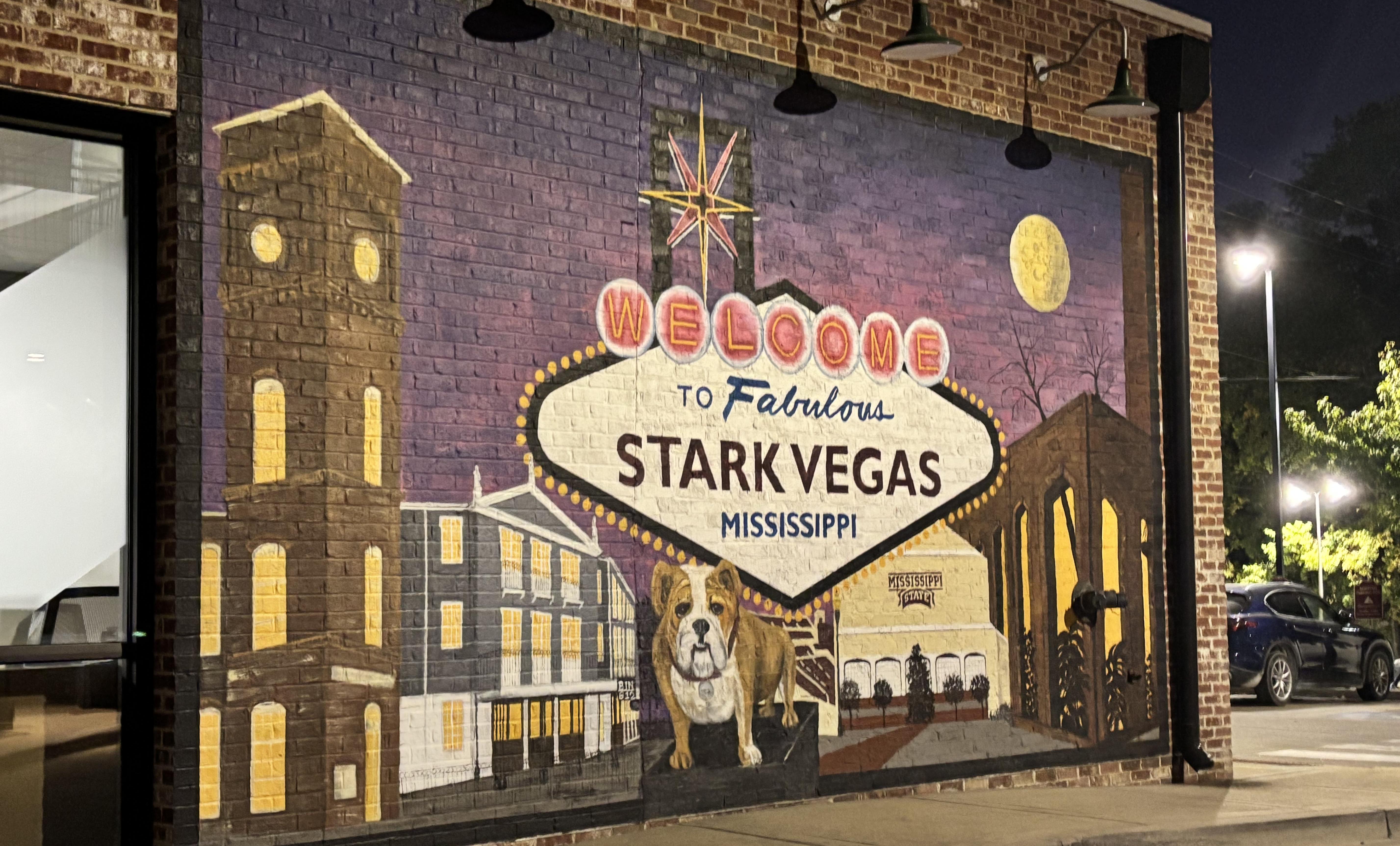23 Forgotten Olympic Stadiums Now Living Shockingly Different Lives
Every four years, the world gathers to witness the spectacle of the Olympic Games, where grand stadiums and state-of-the-art venues become the center stage for human triumph. These architectural marvels, built with immense investment and cutting-edge design, serve as the backdrop for unforgettable moments in sports history. But when the final medals are awarded and the crowds disperse, a lingering question remains: What happens to these massive structures once the Games are over? Some Olympic venues fade into neglect, abandoned as echoes of past glory. Others, however, embark on extraordinary transformations, proving that their significance extends far beyond a few weeks of competition. Cities around the world have repurposed former Olympic stadiums into thriving community hubs, cultural centers, research facilities, entertainment venues, and even unexpected commercial spaces.
1. Montreal’s Olympic Stadium (1976) – Now a Biodome & Urban Farm

Original Purpose: Hosted track and field, football (soccer), and the opening/closing ceremonies of the 1976 Montreal Olympics. New Purpose: An indoor rainforest, ecosystem exhibit, and urban farm. Montreal’s Olympic Stadium—infamous for its runaway construction costs and long-term financial struggles—has found new life as a biodiversity hub. Part of the stadium complex has been transformed into the Montreal Biodome, a living ecosystem exhibit that allows visitors to experience the flora and fauna of different environments, from tropical rainforests to polar tundras. Additionally, portions of the stadium have been repurposed into an urban farm, where sustainable agriculture projects cultivate fresh produce for local communities. This transformation reflects a shift from athletic excellence to environmental consciousness, breathing new life into a structure that once symbolized Montreal’s economic burden.
2. Beijing National Aquatics Center (2008) – Now “The Water Cube” Indoor Water Park
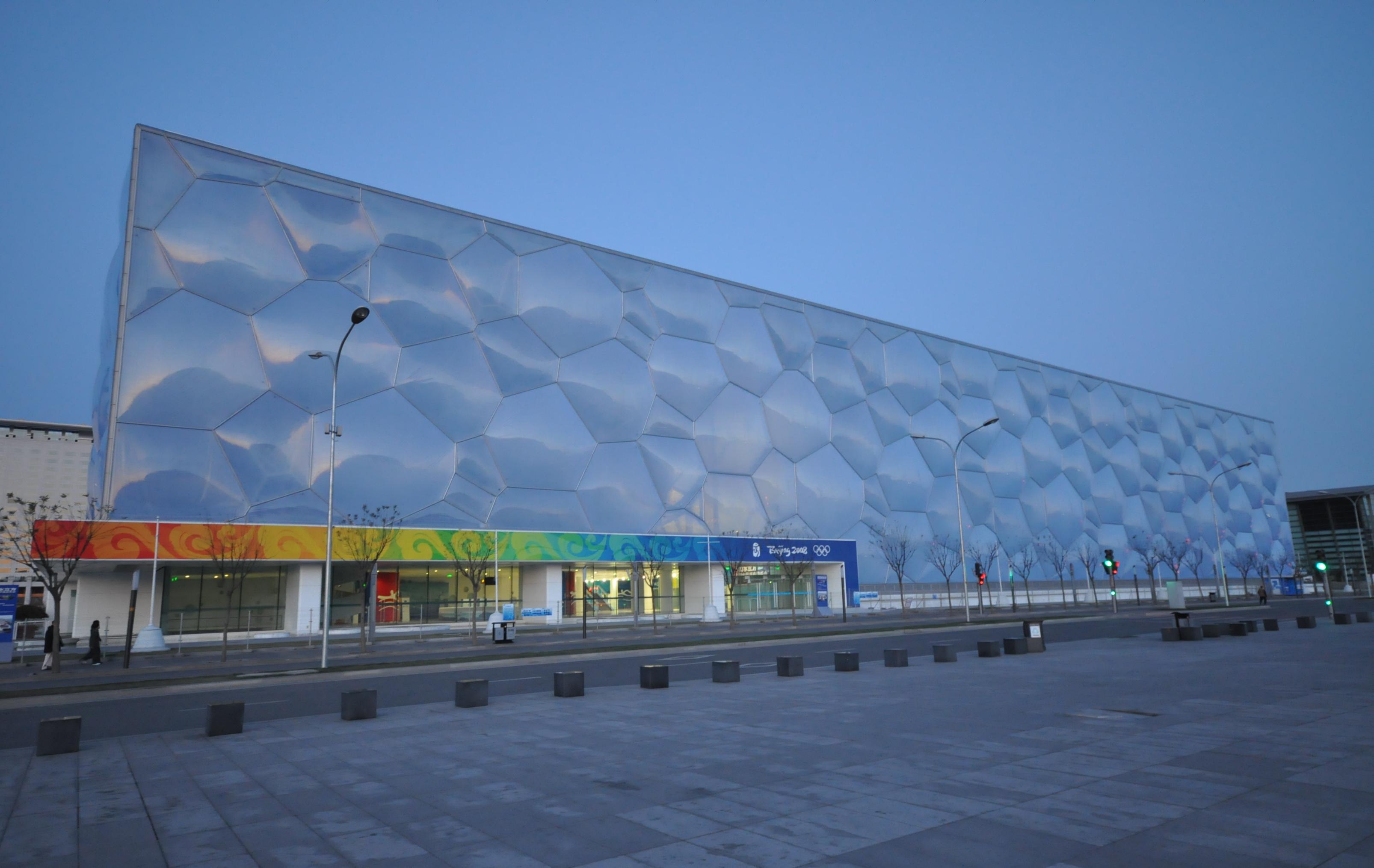
Original Purpose: Hosted swimming, diving, and water polo for the 2008 Beijing Olympics. New Purpose: An indoor water park with slides, wave pools, and family attractions. Beijing’s futuristic National Aquatics Center, known as the Water Cube, was once the stage for record-breaking performances by legendary swimmers like Michael Phelps. However, instead of fading into obscurity, it was transformed into a massive indoor water park after the Games. Now called The Happy Magic Water Cube, it boasts wave pools, artificial beaches, colorful water slides, and even a lazy river, making it one of Beijing’s most popular family attractions. The venue’s reinvention has allowed it to stay financially viable while providing year-round entertainment.
3. London’s Basketball Arena (2012) – Dismantled and Reused for Disaster Relief

Original Purpose: Hosted basketball and handball for the 2012 London Olympics. New Purpose: A modular structure repurposed for disaster relief and temporary housing. London’s Basketball Arena was never meant to last. Constructed with temporary, modular materials, it was fully dismantled after the Games and repurposed for humanitarian aid efforts, including disaster relief and temporary housing projects. This innovative approach ensured that materials from the stadium were not wasted but instead served communities in crisis, setting a precedent for sustainable Olympic planning.
4. Sarajevo’s Olympic Stadium (1984) – Now a War Cemetery

Original Purpose: Hosted the opening and closing ceremonies of the 1984 Sarajevo Winter Olympics. New Purpose: A war cemetery following the Bosnian War. Few Olympic venues have undergone a more tragic transformation than Sarajevo’s Olympic Stadium. Once the pride of Yugoslavia, the venue became a battlefield during the Bosnian War (1992-1995). Today, its once-pristine fields are filled with graves, serving as a solemn reminder of the city’s painful past. Despite its somber new purpose, the stadium still hosts football matches, proving that even in the face of devastation, resilience and remembrance can coexist.
5. Athens’ Olympic Canoe/Kayak Slalom (2004) – Now a Water Park & Go-Kart Track
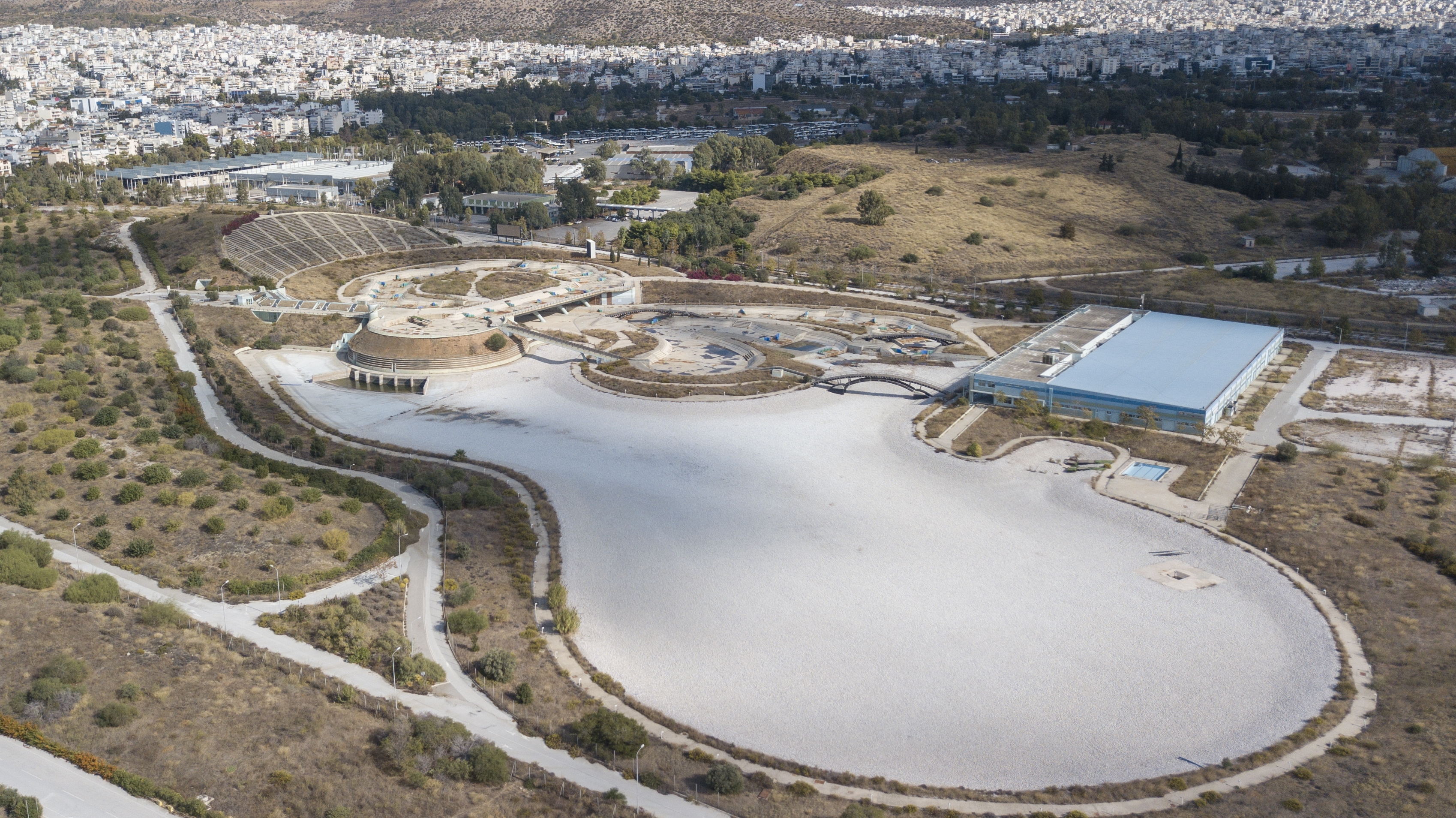
Original Purpose: Hosted canoe slalom events for the 2004 Athens Olympics. New Purpose: A recreational water park with go-karts. After Athens struggled to find post-Games uses for many of its Olympic venues, some were repurposed in unexpected ways. The canoe/kayak slalom course, once used for elite competition, is now a public water park, complete with floating obstacle courses and splash zones. Nearby, the area has also been converted into a go-kart racing track, turning what was once a symbol of Olympic decline into a thriving leisure facility.
6. Berlin’s Olympiastadion (1936) – Now a Music Venue & Concert Hall
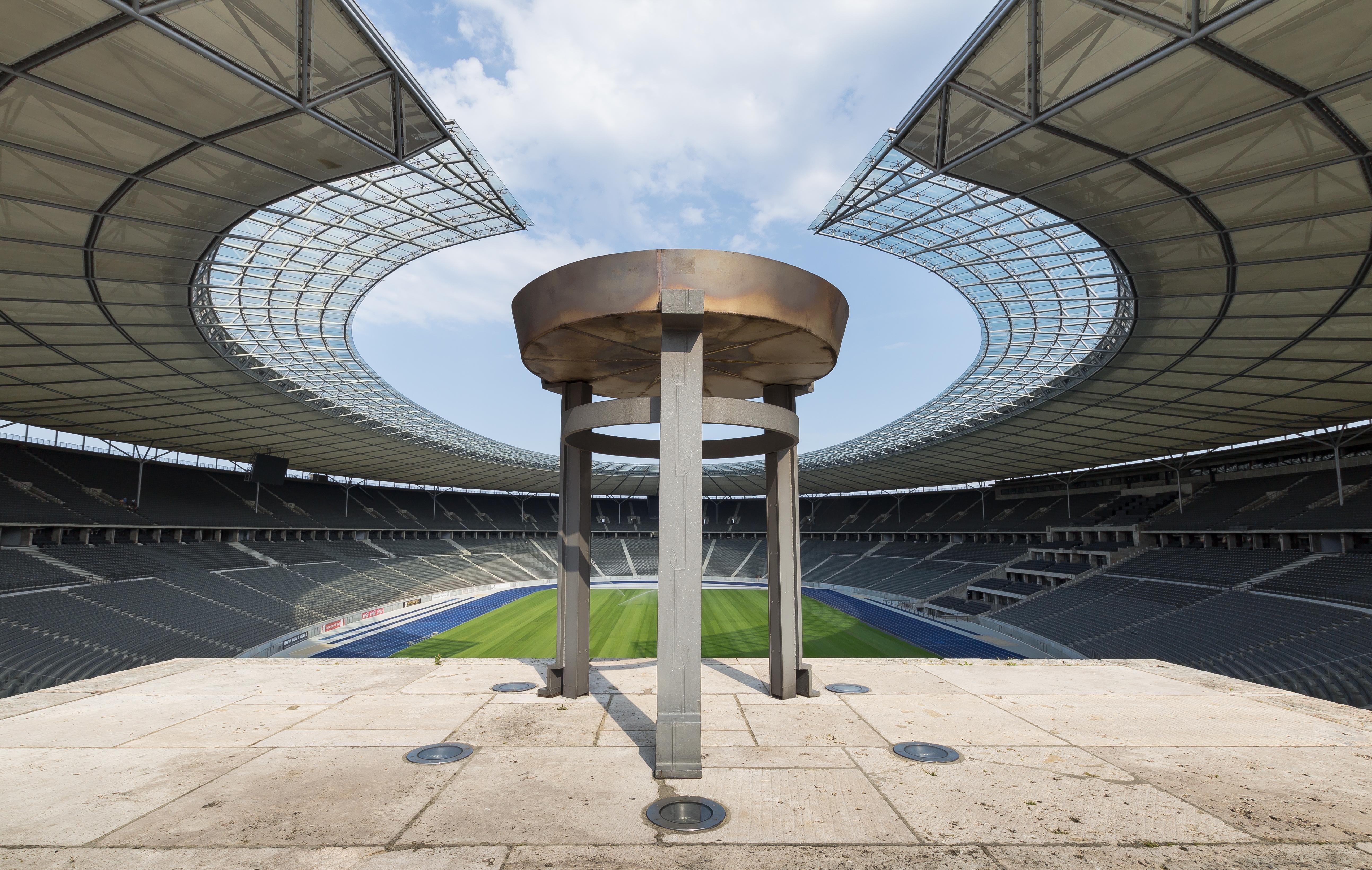
Original Purpose: Hosted the 1936 Berlin Olympics, including track and field events. New Purpose: One of Germany’s premier music and entertainment venues. Originally built under Nazi Germany, Berlin’s Olympiastadion has undergone extensive renovations to distance itself from its past. While it still hosts football matches, it has become one of Europe’s leading concert venues, welcoming artists like U2, Coldplay, and Beyoncé. By repurposing the stadium into a cultural venue, Berlin has transformed a symbol of political propaganda into a space of artistic and communal celebration.
7. Lillehammer’s Olympic Village (1994) – Now a Refugee Center

Original Purpose: Hosted athletes during the 1994 Winter Olympics in Lillehammer, Norway. New Purpose: Converted into housing for refugees.Unlike many Olympic Villages that were abandoned or demolished after the Games, Lillehammer’s athlete accommodations were repurposed for humanitarian aid. Rather than allowing the buildings to sit empty, Norway saw an opportunity to address a global crisis—turning the village into a refugee center to house individuals fleeing war, political unrest, and natural disasters. Since its conversion, the former Olympic housing has welcomed thousands of refugees from conflict zones, including those escaping the Yugoslav Wars, the Syrian civil war, and various crises in Africa and the Middle East. The site provides temporary shelter, essential services, and job-training programs to help new arrivals integrate into Norwegian society. This compassionate repurposing sets an example of how Olympic facilities can be used for greater social good long after the athletes have left. It highlights the potential for host cities to create legacies that extend beyond sports—helping some of the world’s most vulnerable people rebuild their lives.
8. Melbourne’s Olympic Park (1956) – Now Tennis Australia’s Headquarters

Original Purpose: Hosted the 1956 Summer Olympics, including track and field events. New Purpose: The home of the Australian Open and Tennis Australia.Melbourne’s Olympic Park has remained one of the most active former Olympic venues, but its purpose has evolved dramatically since the 1956 Games. Originally designed as a multi-sport facility, the park has gradually transformed into the epicenter of Australian tennis. Today, it houses Tennis Australia’s headquarters and serves as the primary venue for the Australian Open, one of the world’s four Grand Slam tournaments. The complex includes Rod Laver Arena, Margaret Court Arena, and John Cain Arena, each capable of hosting major tennis matches, concerts, and cultural events. The transformation ensured that Melbourne’s Olympic legacy didn’t fade but instead grew into one of the most prestigious annual sporting events on the planet. Beyond elite competition, the facility also supports grassroots tennis programs, youth development initiatives, and public fitness activities, making it a true community asset that benefits both professional athletes and the general public.
9. Moscow’s Olympic Village (1980) – Now University Housing
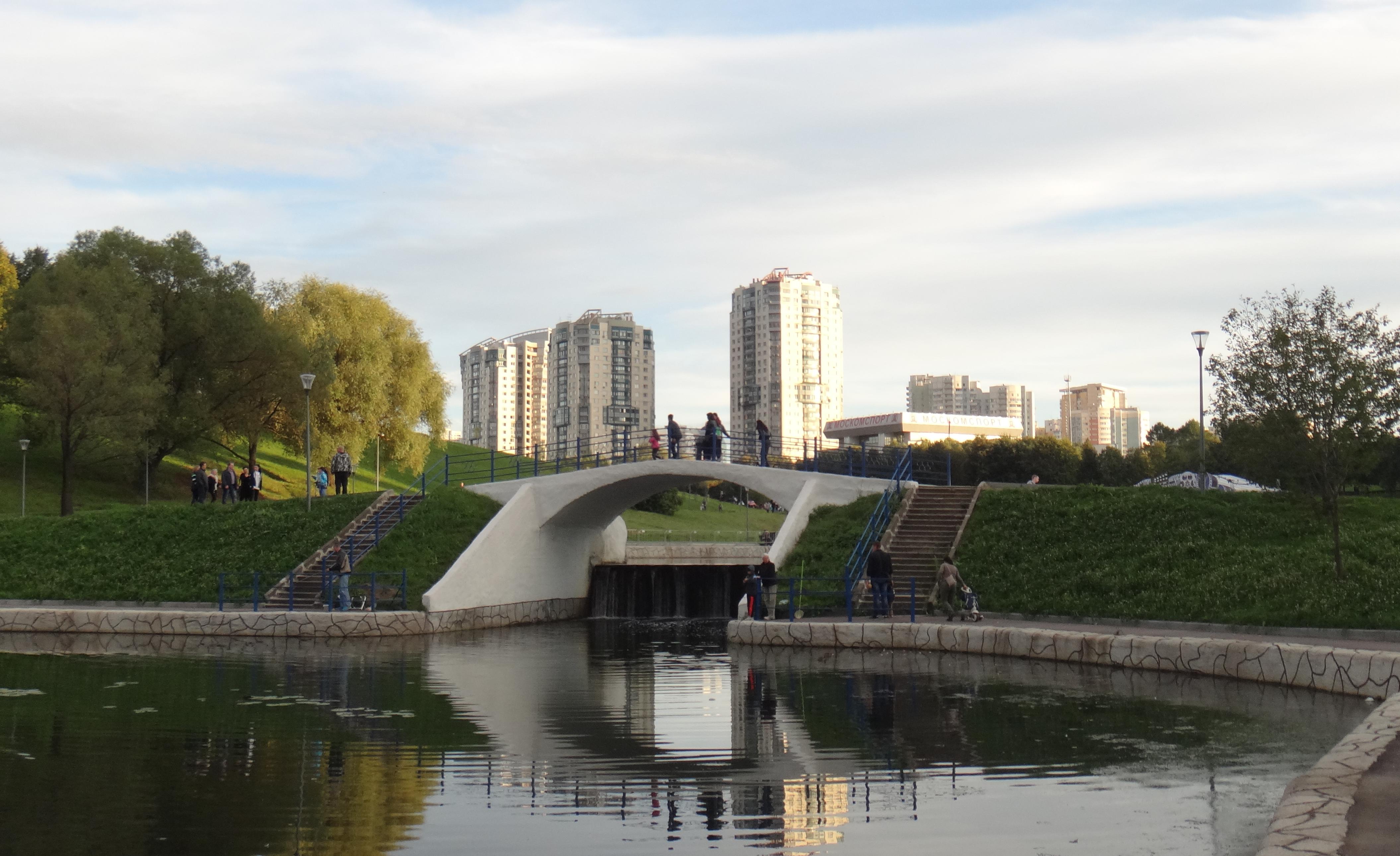
Original Purpose: Housed athletes during the 1980 Moscow Olympics. New Purpose: Converted into dormitories for university students.Unlike many Olympic Villages that have become ghost towns, Moscow found a way to preserve its athlete housing—by converting it into student dormitories for Moscow State University and other educational institutions. After the Games, rather than letting the accommodations deteriorate, the government retrofitted them to support thousands of students from across Russia and beyond. Today, the former Olympic Village functions as student housing, providing affordable accommodation for young academics, researchers, and international exchange students. This transformation has given new purpose to a once-temporary structure, ensuring that future generations benefit from the Olympic investment. The repurposing of these buildings also helped alleviate Moscow’s housing shortage, making it a win-win scenario for the city and its educational institutions.
10. Albertville’s Bobsled Track (1992) – Now Abandoned & Overgrown
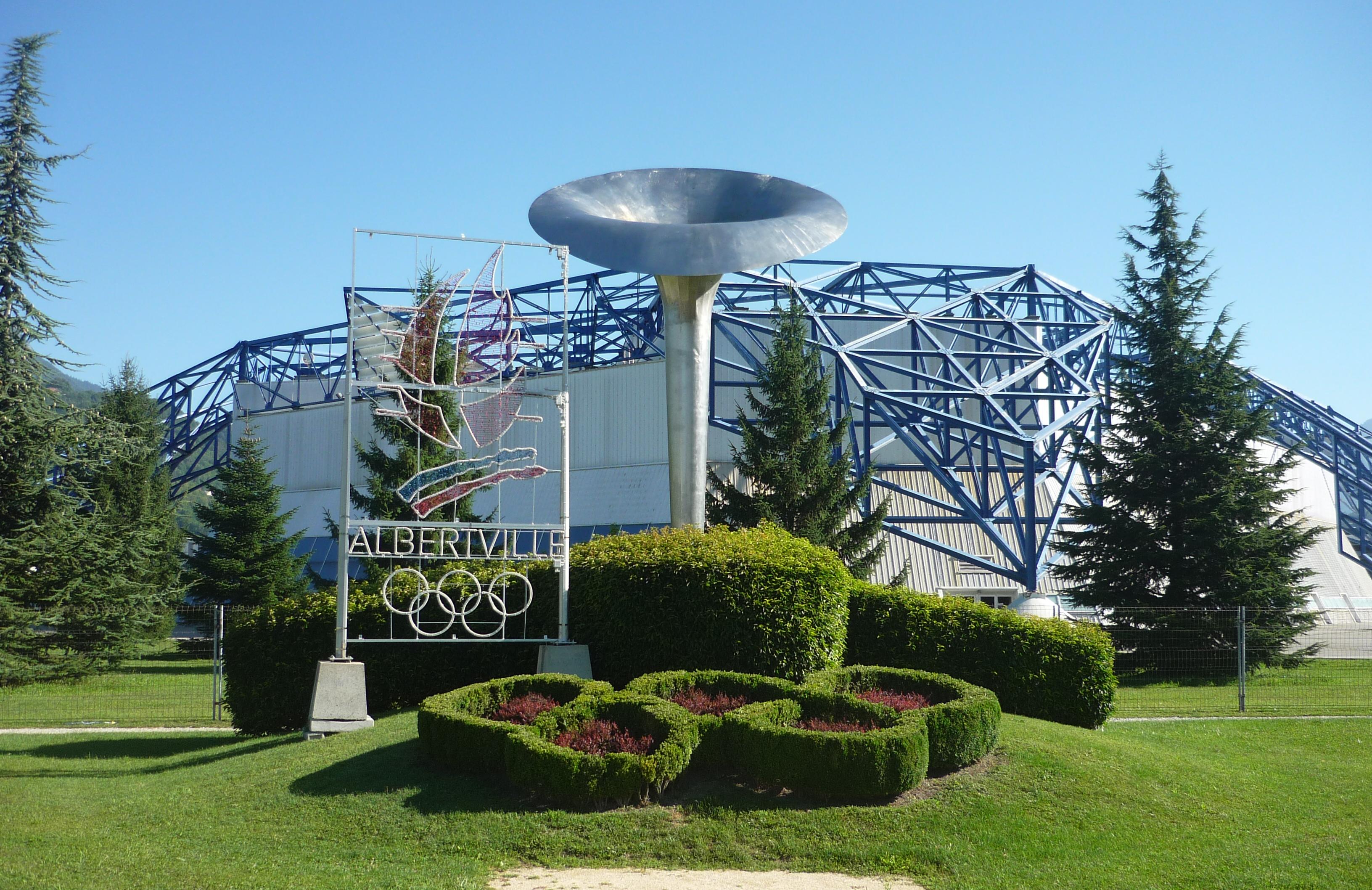
Original Purpose: Hosted bobsled, luge, and skeleton events in the 1992 Winter Olympics. New Purpose: A decaying, nature-reclaimed ruin.Unlike many Olympic venues that found new life, Albertville’s bobsled track was left to rot, falling victim to neglect and financial constraints. Today, it sits abandoned, overgrown with vegetation, and slowly being reclaimed by nature. The track, which once hosted thrilling high-speed competitions, is now a ghostly reminder of Olympic overspending. Crumbling concrete, rusted rails, and graffiti-covered walls give it an eerie, post-apocalyptic look. The lack of a clear post-Games plan sealed its fate—maintenance costs were too high, and no alternative use was ever implemented. Visitors can still hike to the remnants of the track, where it serves as an urban exploration site for photographers and adventurers fascinated by abandoned Olympic history. Albertville’s bobsled track stands as a cautionary tale of what happens when cities fail to plan for long-term sustainability after the Olympics leave town.
11. Seoul’s Olympic Velodrome (1988) – Now a Gambling Facility
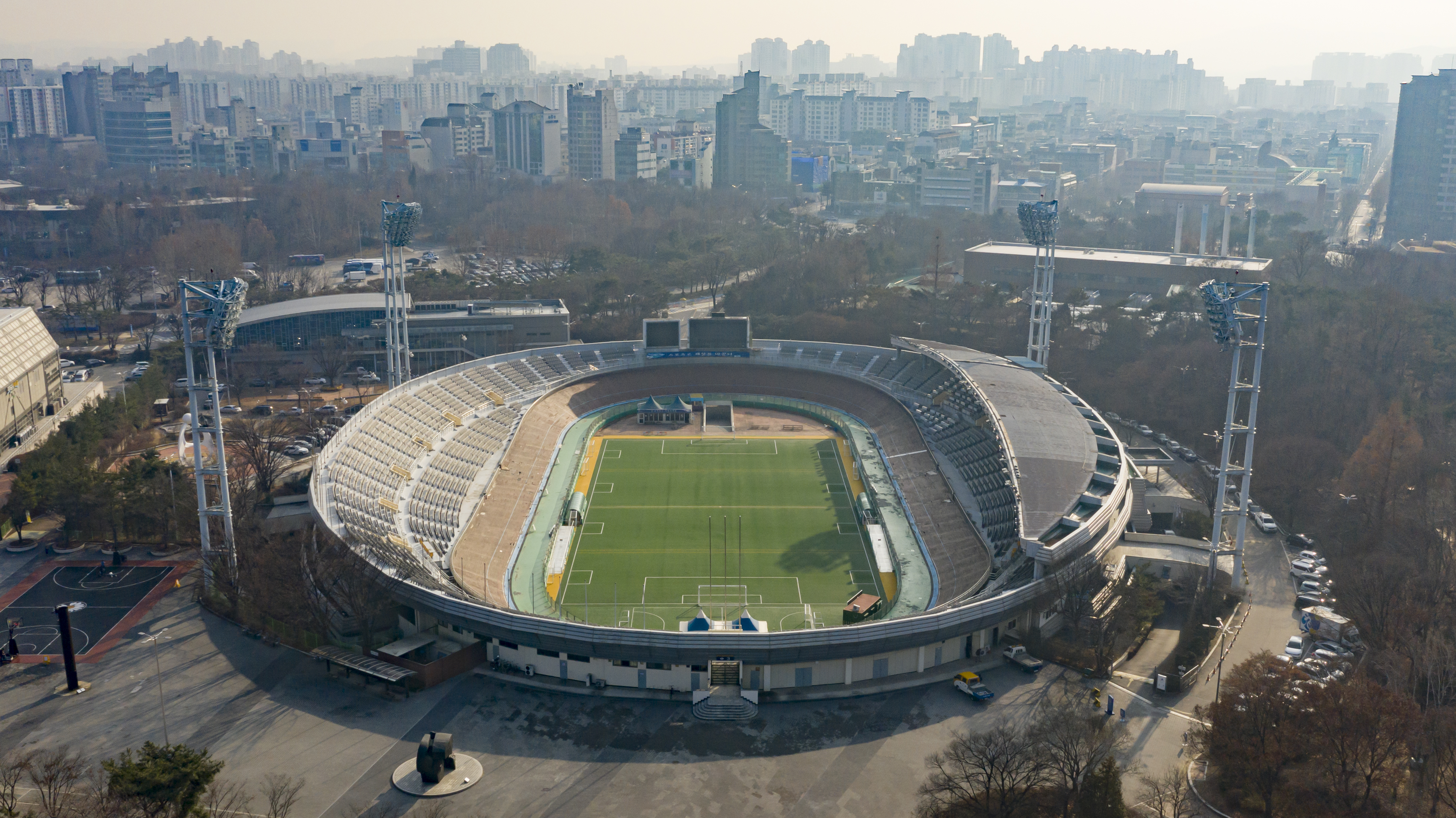
Original Purpose: Hosted track cycling events for the 1988 Seoul Olympics. New Purpose: A regulated bicycle-racing gambling venue.In an unexpected turn, Seoul’s Olympic Velodrome didn’t remain a venue for competitive cycling—it was converted into a legalized gambling facility for Keirin racing, a highly popular form of bicycle betting in South Korea. Rather than demolishing the velodrome, authorities saw an opportunity to preserve the track while repurposing it for commercial success. The stadium now attracts thousands of spectators who come to place bets on high-speed cycling races, creating an economic boost for the city. Despite its transformation into a gambling venue, the facility still hosts occasional cycling events, keeping a small connection to its Olympic past. While purists may argue that this isn’t the most "noble" repurposing, the venue has remained financially viable and well-maintained, proving that sometimes unexpected solutions ensure long-term survival.
12. Turin’s Olympic Village (2006) – Now Low-Income Housing
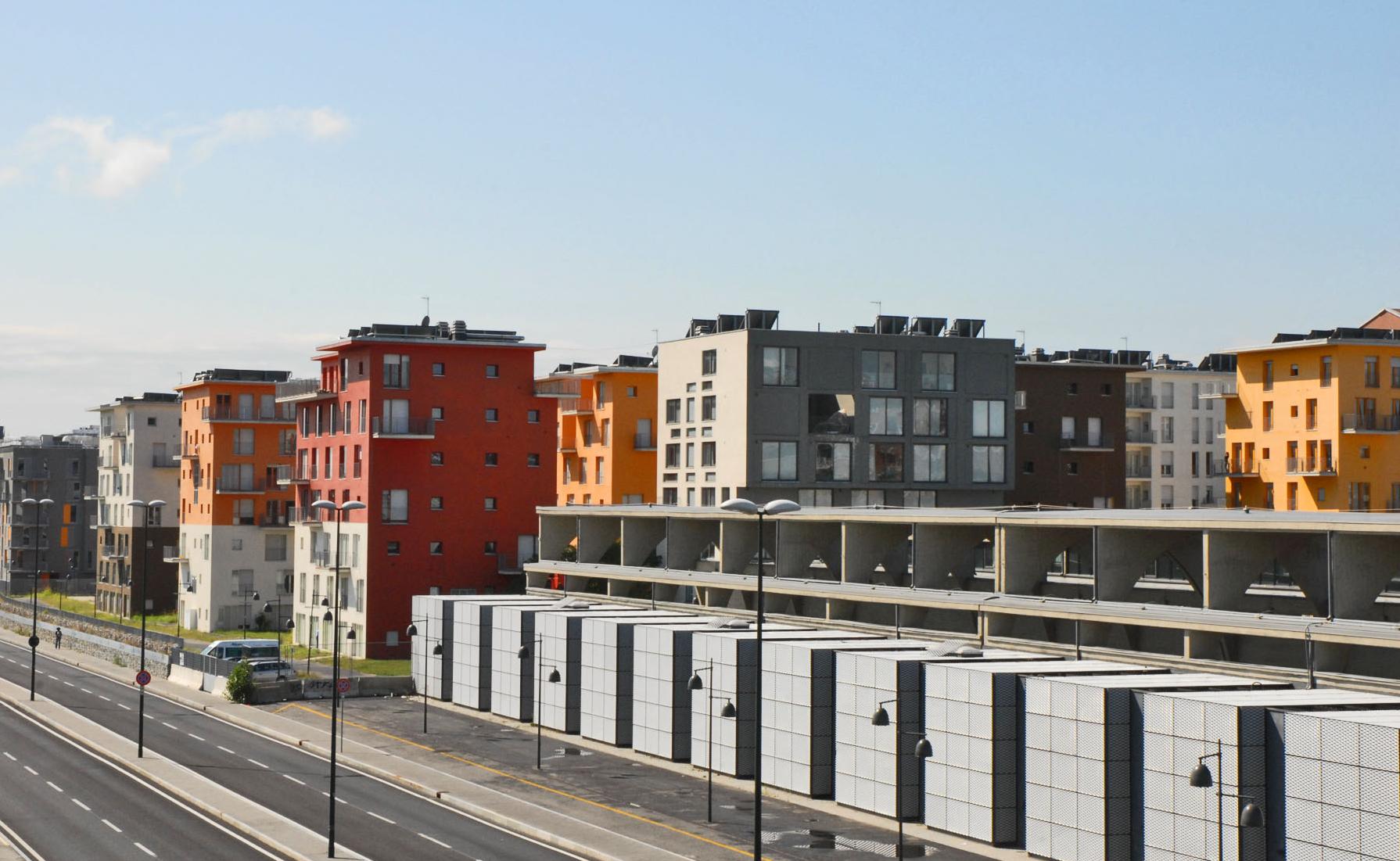
Original Purpose: Housed athletes during the 2006 Winter Olympics. New Purpose: Converted into low-income housing.Turin took a socially conscious approach to its Olympic legacy by converting the 2006 Olympic Village into affordable housing for low-income families and migrants. Rather than letting the apartments sit empty after the Games, the city transformed them into permanent residences, helping address Turin’s housing crisis. Today, these former athlete accommodations offer safe and affordable homes to those who need them most, proving that Olympic investments can benefit everyday citizens long after the competitions end.
13. Atlanta’s Olympic Stadium (1996) – Now a College Football Field
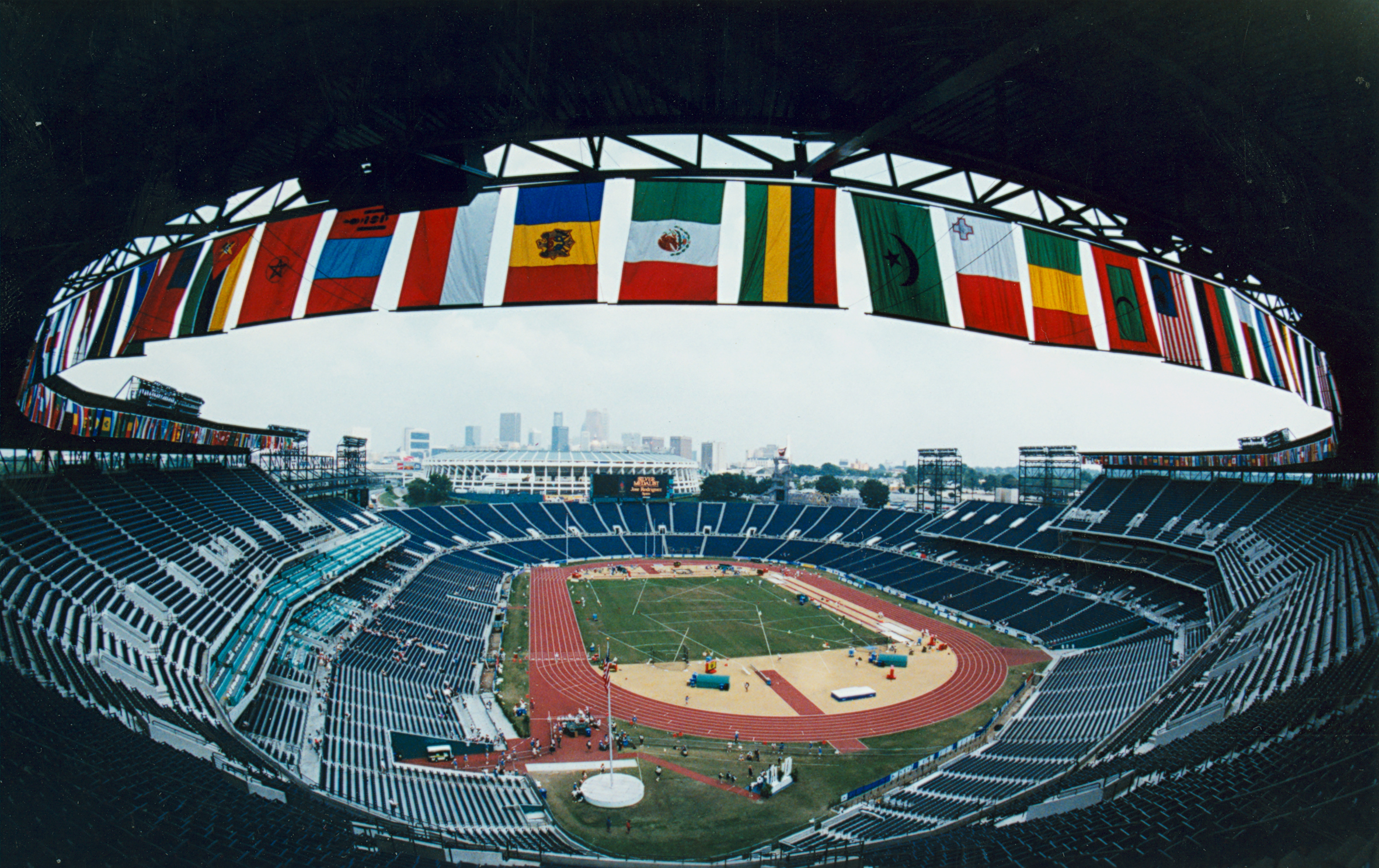
Original Purpose: Hosted track and field events, opening & closing ceremonies for the 1996 Summer Olympics. New Purpose: Home to Georgia State University football after serving as Turner Field for the Atlanta Braves.Atlanta’s Olympic Stadium underwent multiple transformations. After the Games, it was converted into Turner Field, home of Major League Baseball’s Atlanta Braves. When the Braves moved to a new stadium, it was once again repurposed, this time as a college football stadium for Georgia State University. Rather than demolishing the Olympic structure, Atlanta managed to keep it relevant across different sports, making it one of the most effectively repurposed Olympic venues in history. Today, Georgia State Panthers fans fill the stadium on game days, keeping the Olympic spirit alive through a new generation of athletes and spectators.
14. Sydney SuperDome (2000) – Now a Premier Concert and Entertainment Venue
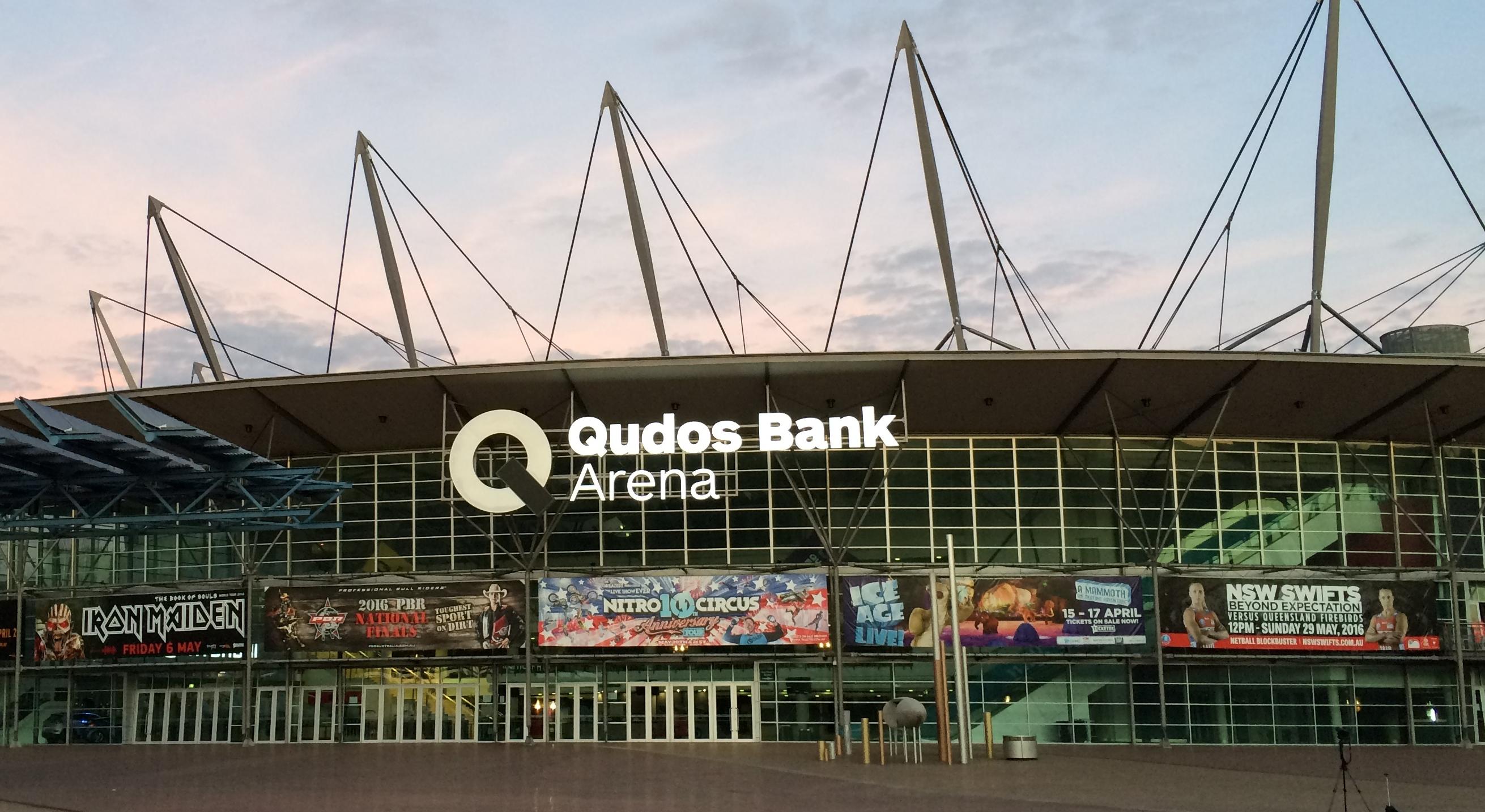
Original Purpose: Hosted gymnastics, basketball, and trampoline events during the 2000 Sydney Olympics. New Purpose: A major concert and entertainment arena, now known as Qudos Bank Arena. After the Olympics, Sydney's SuperDome transitioned into a world-class entertainment venue. Now one of Australia's largest indoor arenas, it has hosted concerts by international superstars like Beyoncé, Ed Sheeran, and Madonna, along with major sporting events and conventions. Its successful post-Olympic transformation showcases how a well-designed venue can seamlessly shift from sports to large-scale entertainment.
15. Athens Olympic Baseball Stadium (2004) – Now a Driving Range & Soccer Complex
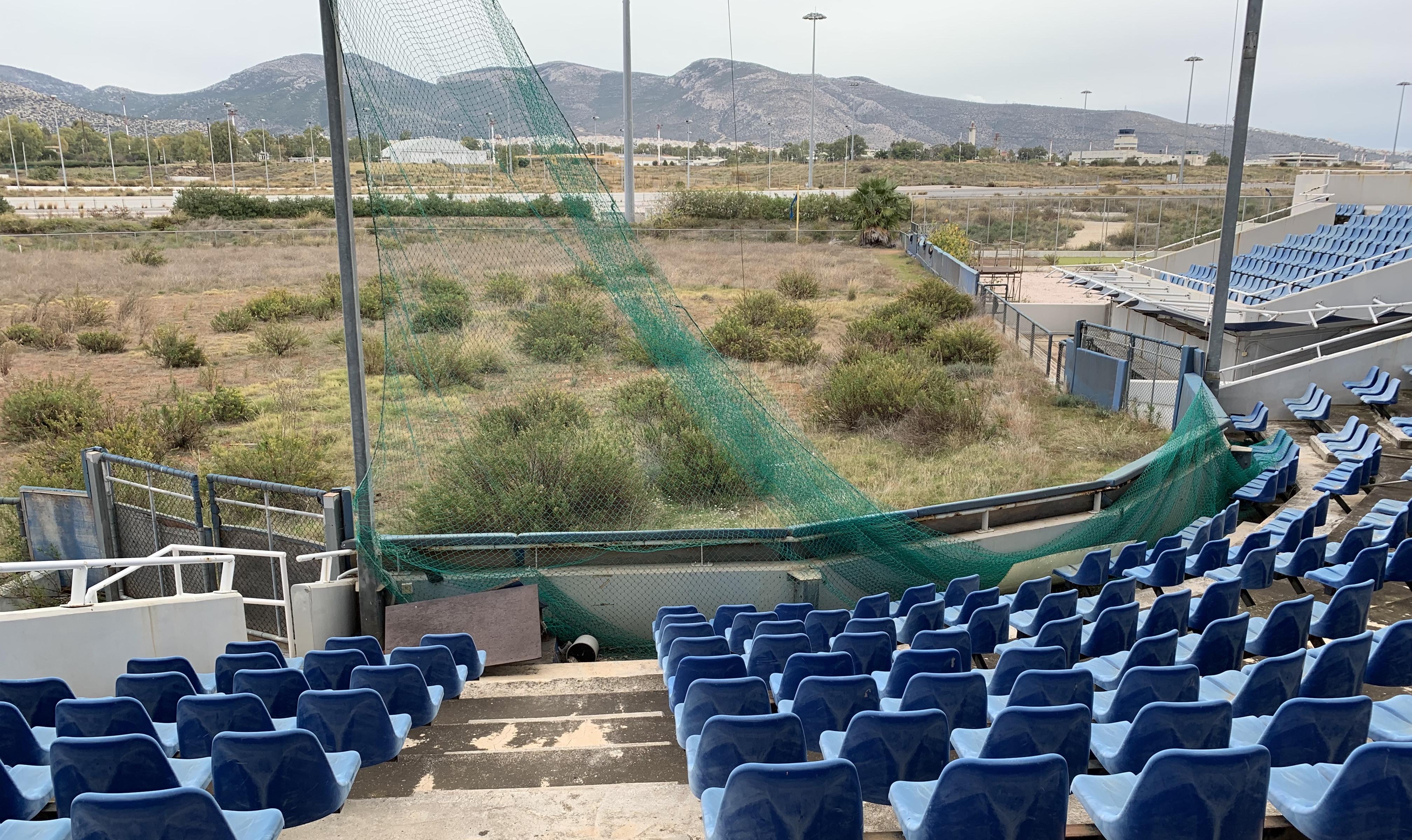
Original Purpose: Built to host baseball events for the 2004 Athens Olympics. New Purpose: Repurposed into a public golf driving range and soccer fields. Baseball isn't a major sport in Greece, so after the Olympics, the stadium quickly fell into disuse. Rather than leaving it abandoned, the facility was creatively converted into a golf driving range and multipurpose soccer fields. This transformation reflects the necessity of adapting Olympic venues to meet local demand.
16. Los Angeles Memorial Coliseum (1932 & 1984) – Now Home to USC Football & NFL Games

Original Purpose: Hosted the 1932 and 1984 Summer Olympics, including track and field events. New Purpose: Serves as the home stadium for the University of Southern California (USC) football team and occasional NFL games. As one of the few Olympic venues to be used multiple times, the LA Memorial Coliseum has remained a functional sports hub. Beyond USC football, it has also hosted NFL games, music festivals, and major political events. The stadium will get yet another Olympic revival when LA hosts the 2028 Summer Games.
17. Innsbruck Olympic Ski Jumps (1964 & 1976) – Now a Year-Round Tourist Attraction
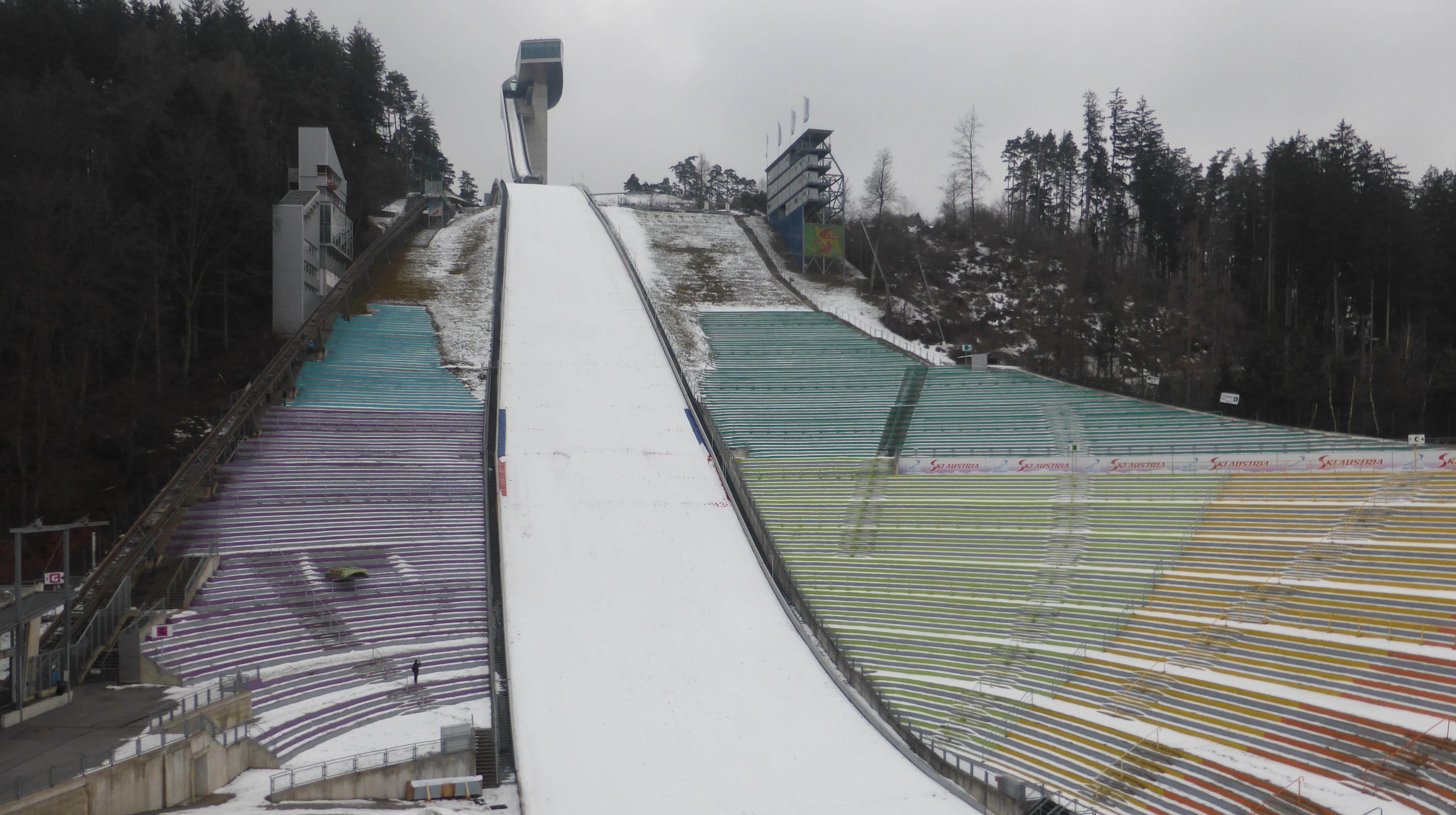
Original Purpose: Hosted ski jumping events during the 1964 and 1976 Winter Olympics in Austria. New Purpose: A year-round tourist attraction featuring ski jump exhibitions and panoramic views. Rather than being abandoned like other Winter Olympic venues, the Innsbruck ski jump was redesigned into a tourist hotspot. Visitors can watch professional ski jumpers train, ride the funicular to the top, and dine at a scenic restaurant overlooking the Austrian Alps.
18. Beijing’s Bird’s Nest Stadium (2008) – Now a Snow-Themed Park in Winter
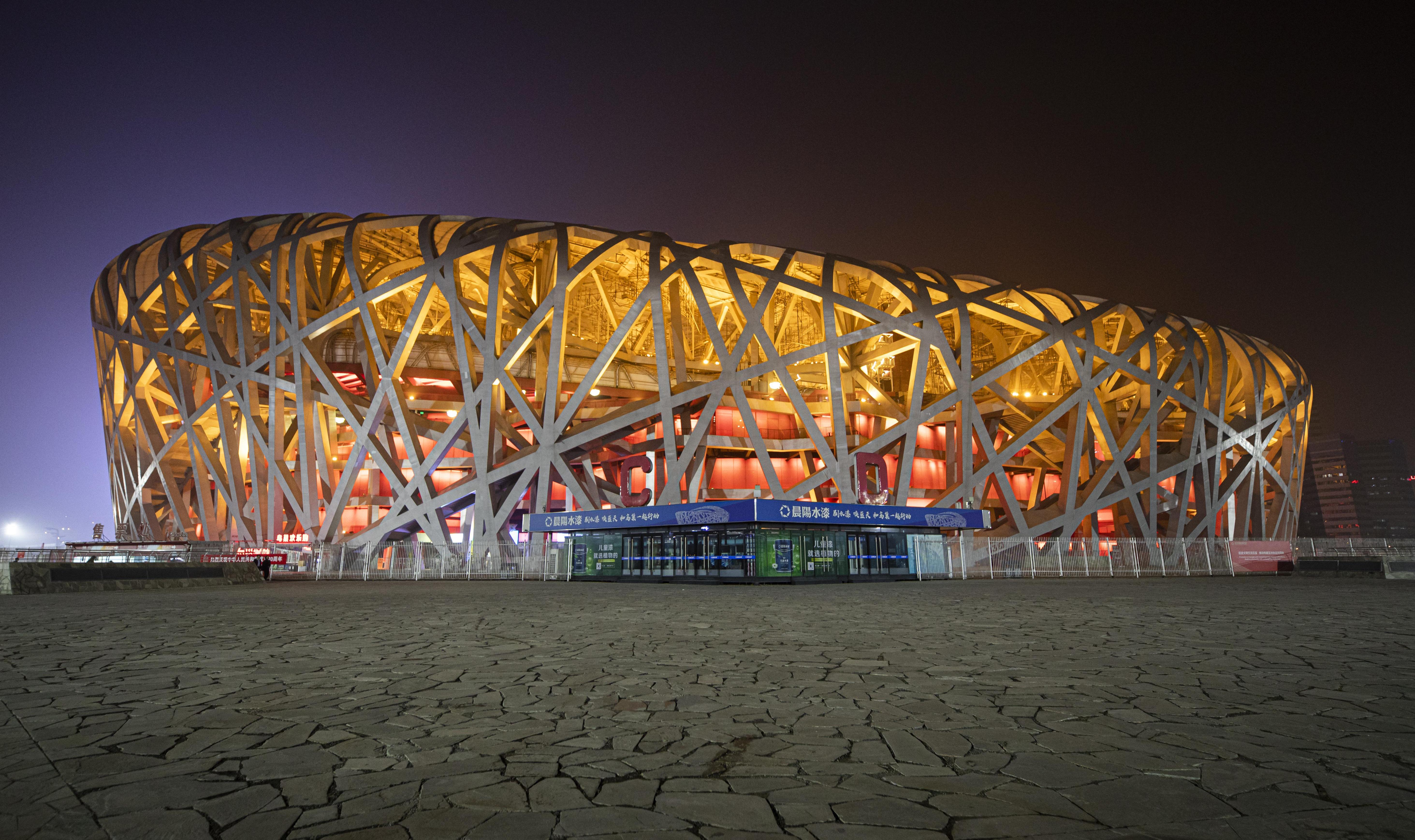
Original Purpose: Hosted the opening and closing ceremonies and track and field events for the 2008 Beijing Olympics. New Purpose: A multipurpose venue that turns into a winter-themed attraction with artificial snow. Beijing’s iconic Bird’s Nest Stadium has struggled with consistent use, but in an innovative move, the city transformed it into a snow park during winter months. With artificial ski slopes, ice slides, and winter activities, it attracts tourists and locals alike while preserving the venue's legacy.
19. Munich Olympic Park (1972) – Now a Massive Public Recreation Area

Original Purpose: Hosted the 1972 Munich Olympics, including athletics, swimming, and cycling. New Purpose: A sprawling urban park with recreational sports, concerts, and festivals. Munich’s Olympic Park remains one of the best examples of sustainable post-Olympic planning. The park is now a beloved green space for residents, featuring jogging trails, bike paths, and outdoor sports facilities. It also serves as a venue for concerts and cultural festivals, maintaining its role as a central hub of activity.
20. Nagano’s M-Wave Arena (1998) – Now a Giant Ice Skating Rink & Exhibit Space
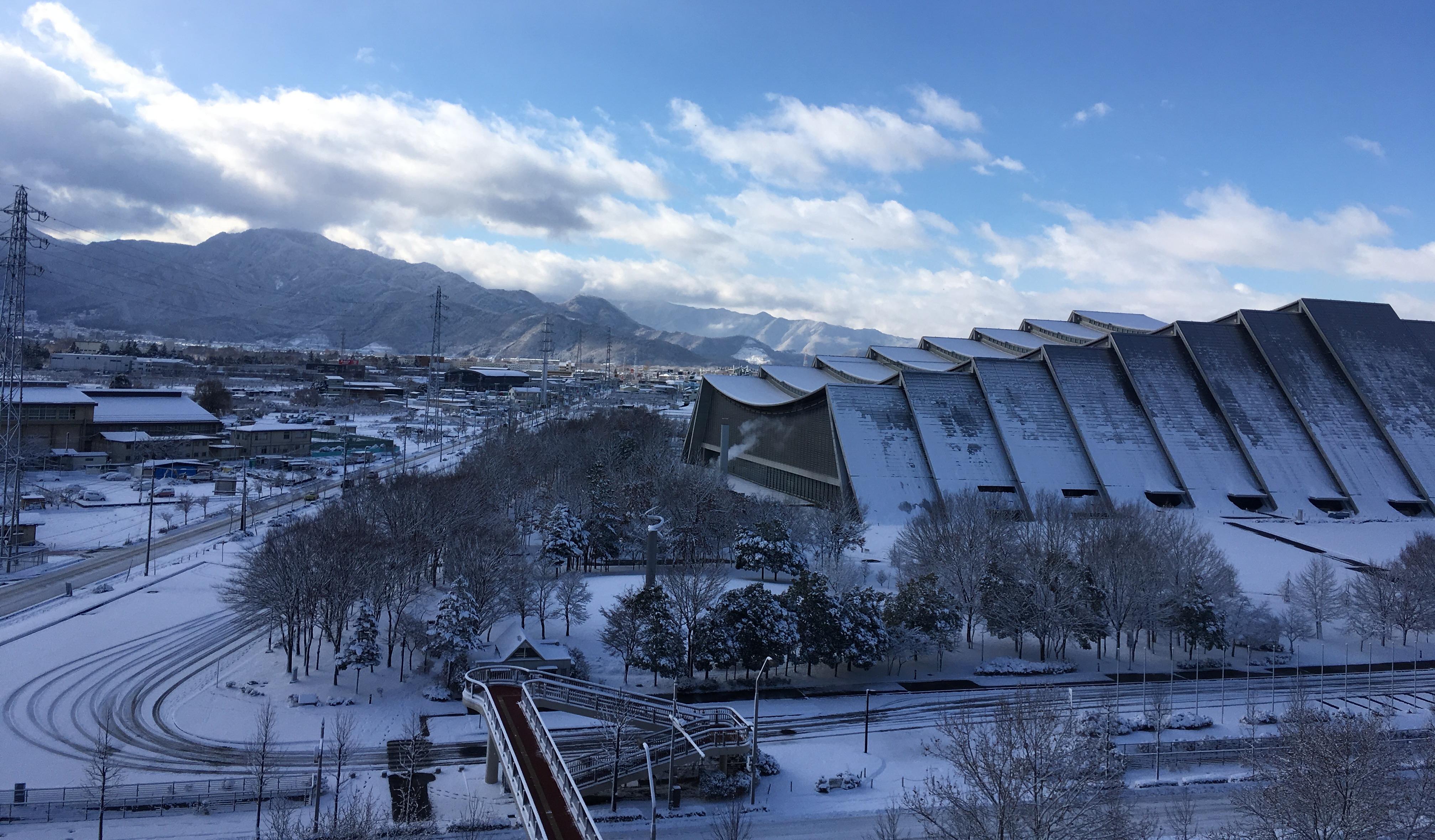
Original Purpose: Hosted speed skating events during the 1998 Winter Olympics in Nagano, Japan. New Purpose: Converted into a multipurpose ice skating rink and event space. Instead of letting the arena sit idle, Nagano repurposed it into a recreational ice rink open to the public. It also functions as a venue for trade shows, concerts, and local events, ensuring year-round activity while keeping its Olympic legacy alive.
21. London’s Olympic Velodrome (2012) – Now a World-Class Cycling Center
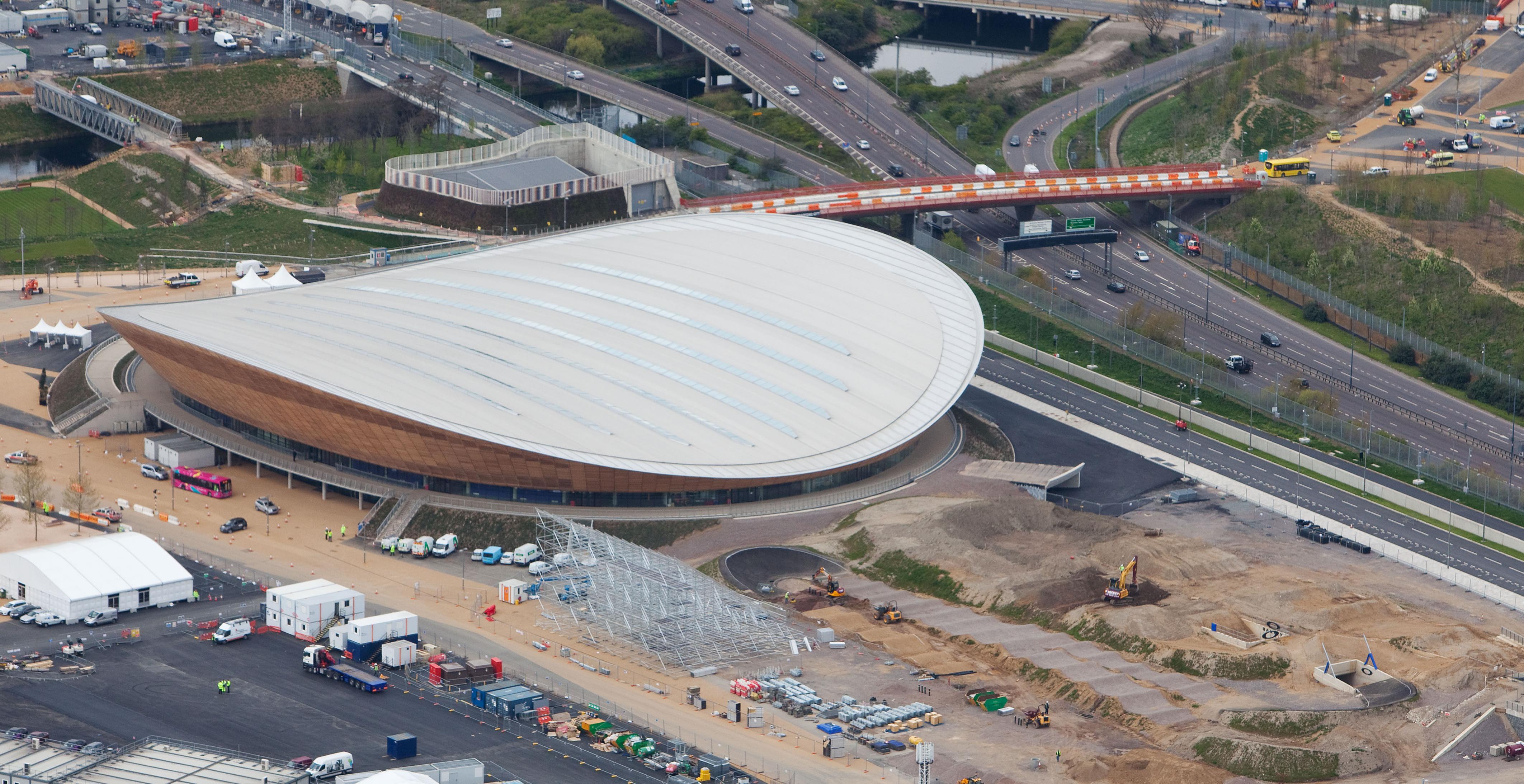
Original Purpose: Hosted track cycling events during the 2012 London Olympics. New Purpose: An elite training facility and community cycling hub. London’s velodrome, nicknamed "The Pringle" due to its unique shape, remains one of the most well-used Olympic venues. It continues to serve professional cyclists while also offering public access for casual riders, making cycling more accessible to the general population.
22. Rio de Janeiro’s Olympic Arena (2016) – Now a Public School
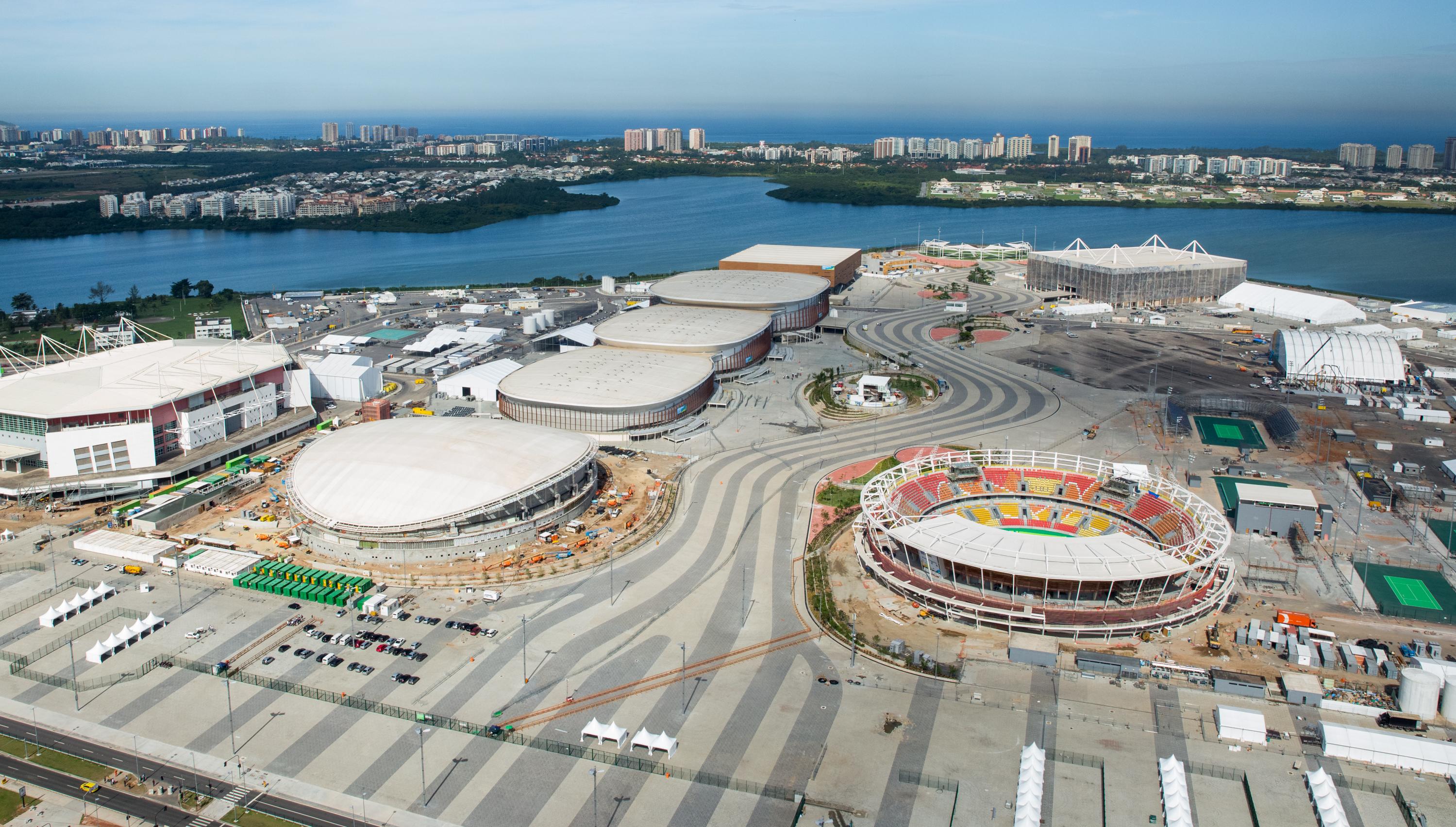
Original Purpose: Hosted gymnastics events for the 2016 Rio Olympics. New Purpose: Transformed into multiple public schools as part of an innovative modular design plan. Rio planned for some of its venues to be disassembled and repurposed after the Games. The Olympic Arena was deconstructed and reassembled into four public schools, providing much-needed educational infrastructure for local communities.
23. Tokyo’s Olympic Village (2021) – Now a High-End Residential Neighborhood
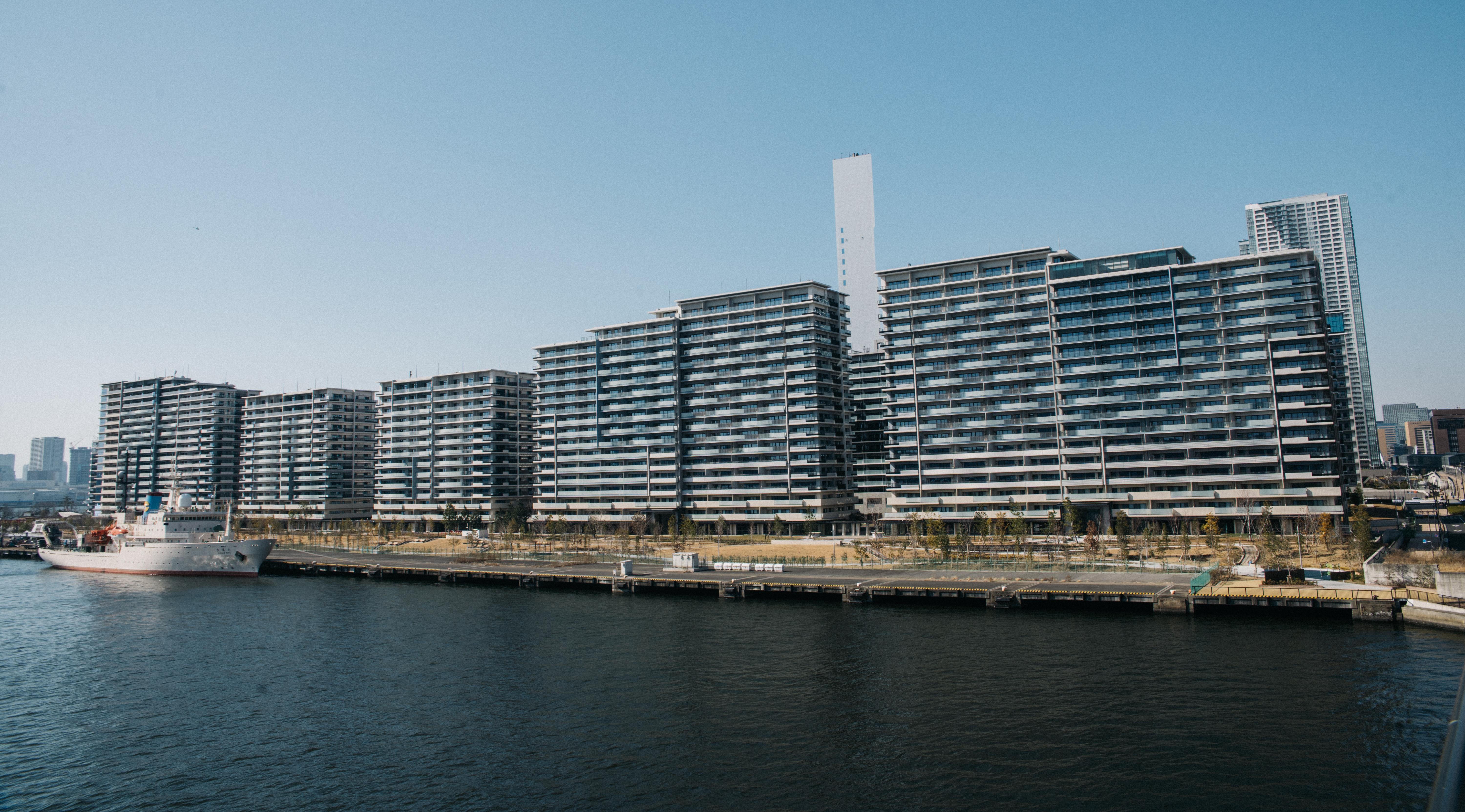
Original Purpose: Housed athletes for the 2021 Tokyo Olympics. New Purpose: Converted into a sustainable waterfront residential district. Tokyo’s Olympic Village was designed with a long-term vision—immediately after the Games, the apartments were converted into high-end condominiums. Featuring eco-friendly designs, green spaces, and smart city technology, it stands as a model for sustainable urban planning.
The Ever-Changing Legacy of Olympic Stadiums
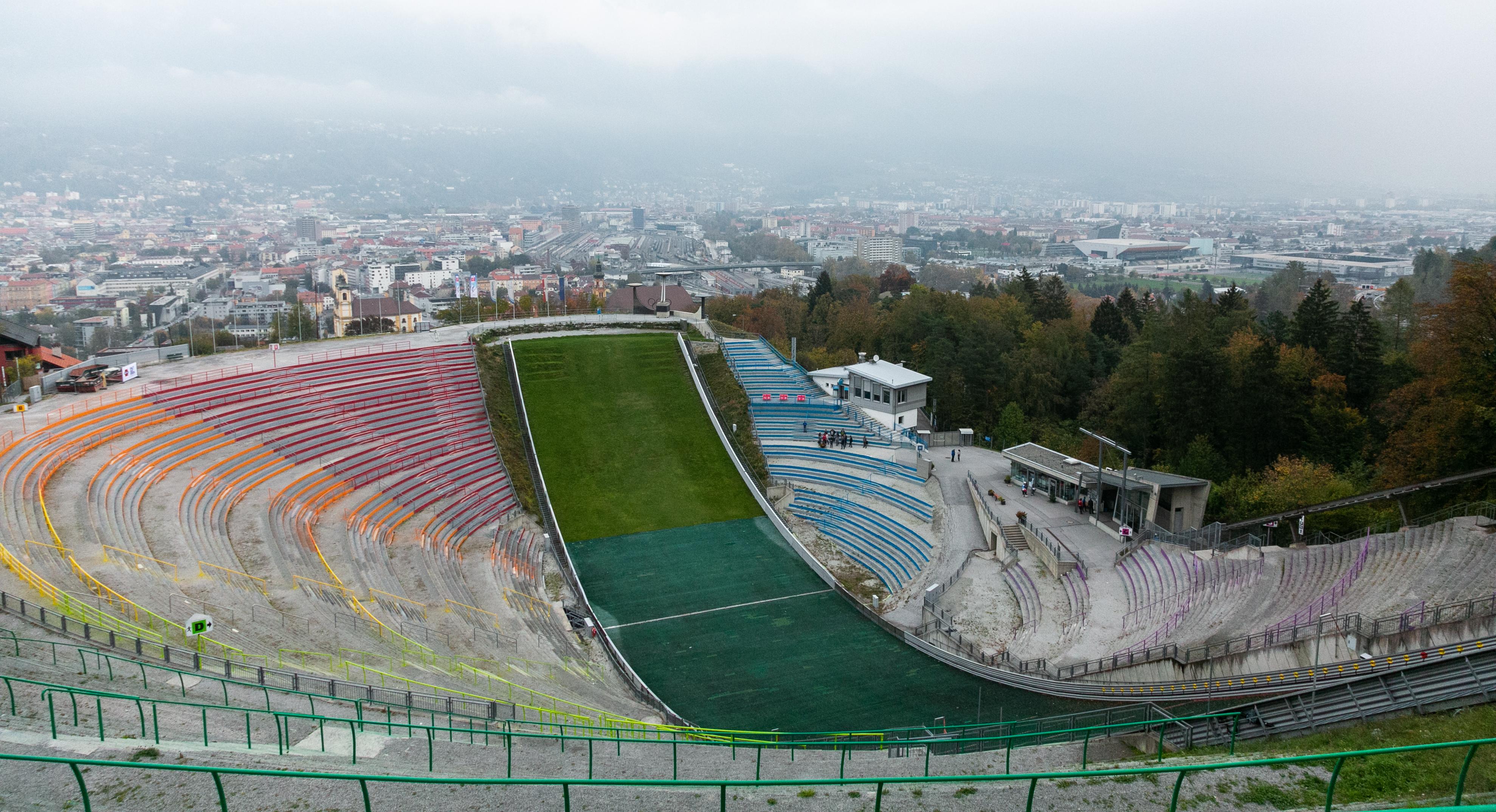
The Olympics are a spectacle of unity and competition, but their impact doesn’t have to end with the final medal ceremony. The stories of these repurposed stadiums prove that creativity, foresight, and innovation can keep Olympic infrastructure alive and relevant for decades to come. By transforming athlete villages into housing for refugees and students, stadiums into football arenas and cultural landmarks, and even velodromes into gambling hubs, cities have redefined what it means to host the Games. These reinventions don’t just preserve history—they serve modern communities in ways that few could have imagined. The lesson? Olympic stadiums don’t have to become forgotten ghosts of past competitions. With the right planning, they can remain thriving spaces for sports, culture, and everyday life. As future Olympic hosts consider their legacies, these stadiums stand as powerful examples of how the past and present can come together to shape a vibrant future.



